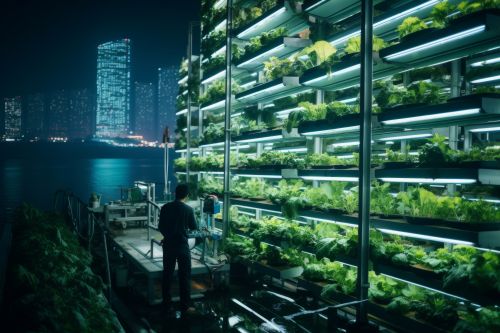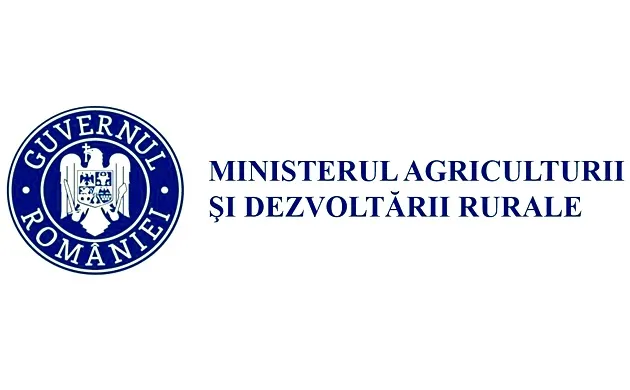738

The rise in energy costs has forced the European food industry to rethink its production models. In 2025, energy efficiency is no longer just a technical indicator, but a strategic criterion of competitiveness. In an increasingly regulated market, where sustainability has become a precondition for financing, companies that reduce energy consumption automatically become more financially stable and more attractive to partners.
According to the European Commission (DG ENER, 2024), the food industry accounts for 9% of the European Union’s total energy consumption. By implementing efficiency technologies — heat pumps, cogeneration, steam energy recovery, and modernization of cooling systems — companies can cut costs by up to 25% within five years.
Eurostat data (2025) shows that processors switching to renewable sources (biogas, solar, geothermal pumps) have reduced their annual energy bills by 18% compared to the EU average. At the same time, they have increased exports by 12%, driven by the “low-carbon” certifications required by major retail chains.
An OECD report (2024) highlights that energy sustainability is increasingly linked to profitability. Companies that publish annual ESG (Environment, Social, Governance) performance indicators gain preferential access to EU funds and green loans with interest rates below 3%, compared to the 6–7% market average.
In Romania, the PNS 2023–2027 and InvestEU Food Transition programmes support investments in renewable energy and factory-level energy resource management. The World Bank estimates that over 150 Romanian food companies could become energy neutral by 2030 if they adopt integrated modernization measures.
The “green food industry” is no longer a slogan — it is an economic reality. Energy has become a resource of competitiveness: those who use it efficiently gain market share. In a European context where every kilowatt counts, the advantage of the future will belong to those who transform cost into innovation and sustainability.
(Photo: Freepik)





